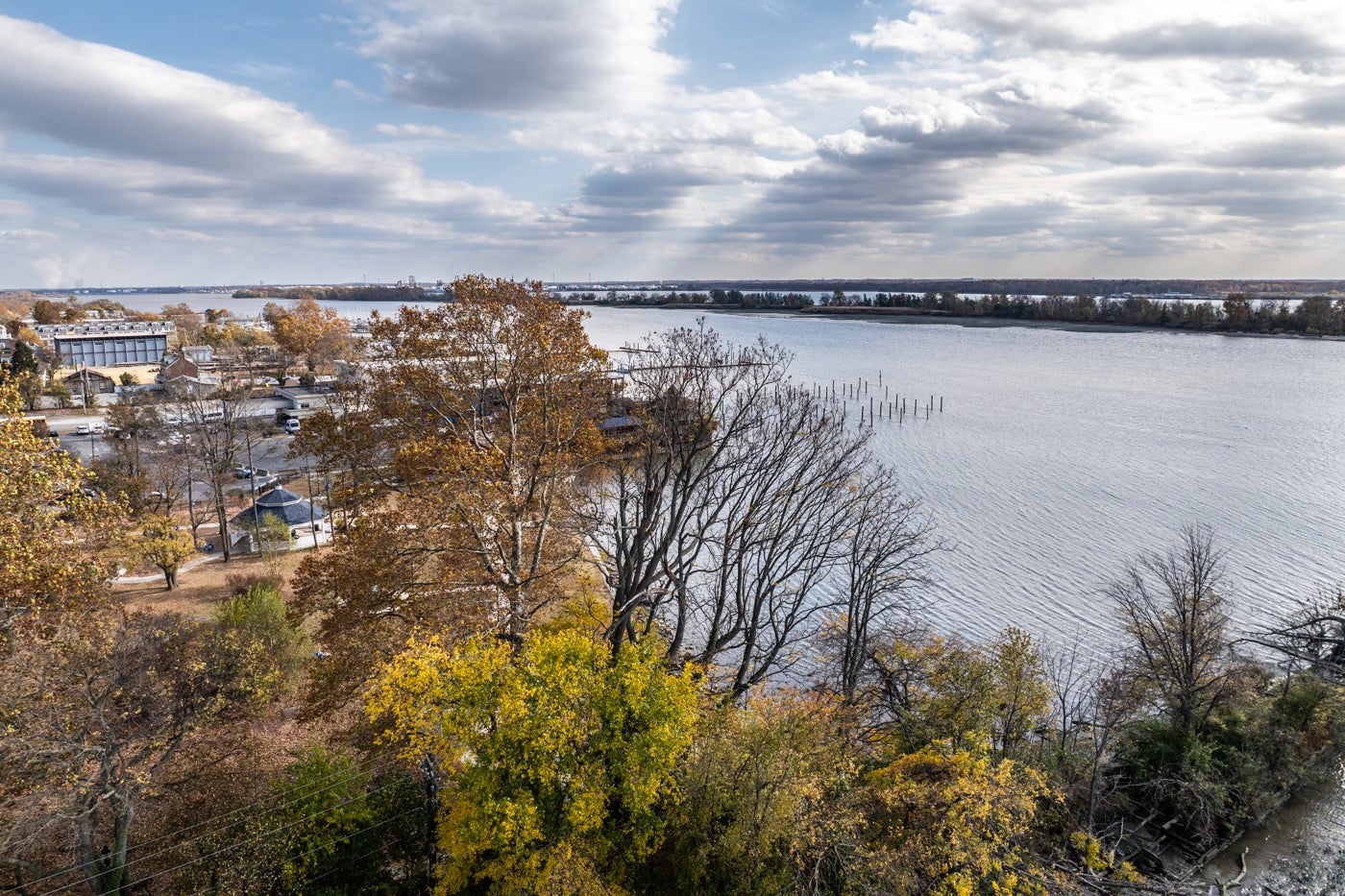
From Philly and the Pa. suburbs to South Jersey and Delaware, what would you like WHYY News to cover? Let us know!
If the drought conditions gripping a record swath of the U.S. worsen, officials in the Philadelphia region may need to take steps to protect the city’s drinking water.
Dry conditions in the Philly region have caused the salt front — or the area of the Delaware River where water becomes too salty to drink — to creep north toward the intake where Philadelphia draws most of its drinking water.
“There’s not an issue yet, but that doesn’t mean that there won’t be an issue,” said Amy Shallcross, manager of Water Resource Operations at the Delaware River Basin Commission. “We are really concerned.”
The largest of Philly’s three drinking water intakes draws water from a tidal portion of the Delaware River in the far Northeast section of Philadelphia, where fresh water flowing down the river mixes with salty water from the Delaware Bay. At a certain point in this salinity gradient, the concentration of chloride could exceed an EPA guideline for how salty drinking water should be. This salt front moves based on factors including upstream rainfall, the tide cycle and, increasingly, sea level rise.
Dry conditions can cause the salt front to move northward because less fresh water is falling as rain and flowing into the river through creeks and streams. Officials with the Delaware River Basin Commission (DRBC), a regional body that manages the river system across state lines, can counteract this by requesting freshwater be released from upstream reservoirs to push the salt front back downstream. Even in non-drought times, reservoirs release water into the river as needed to meet targets for the amount of water flow at specific points.
